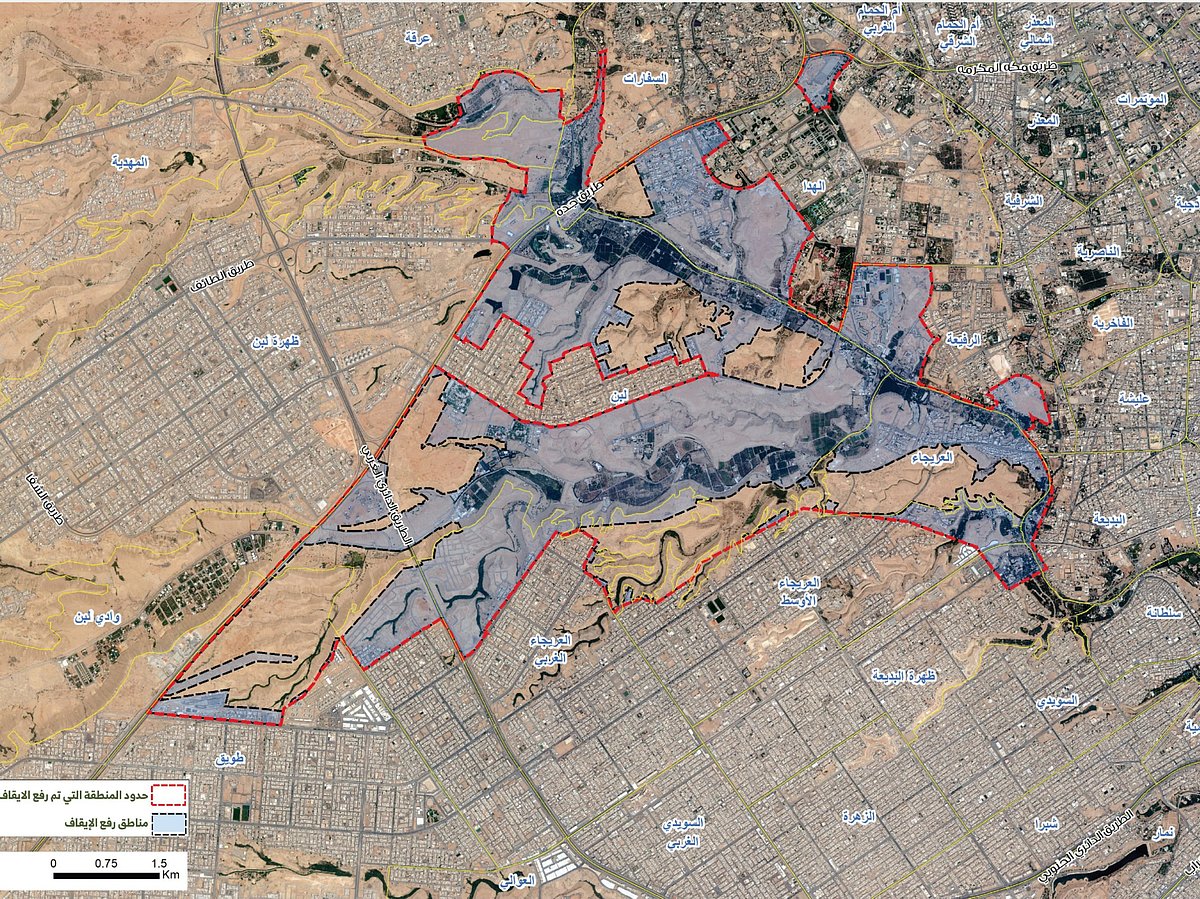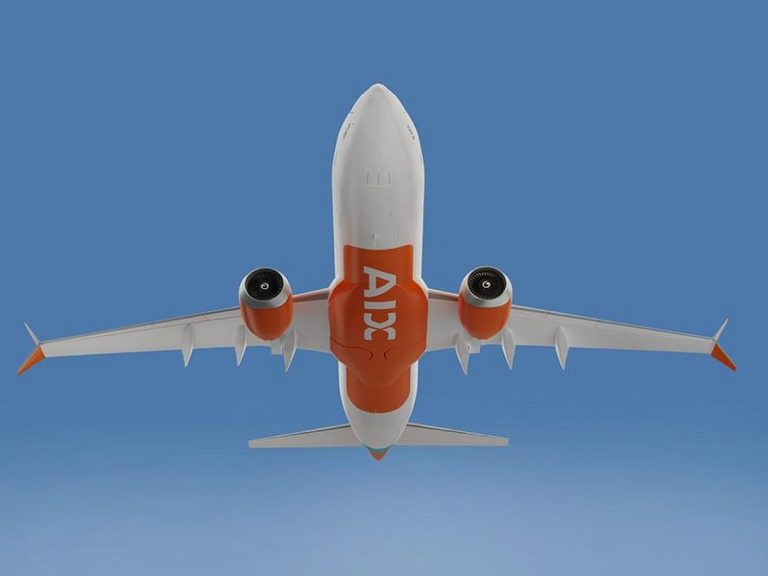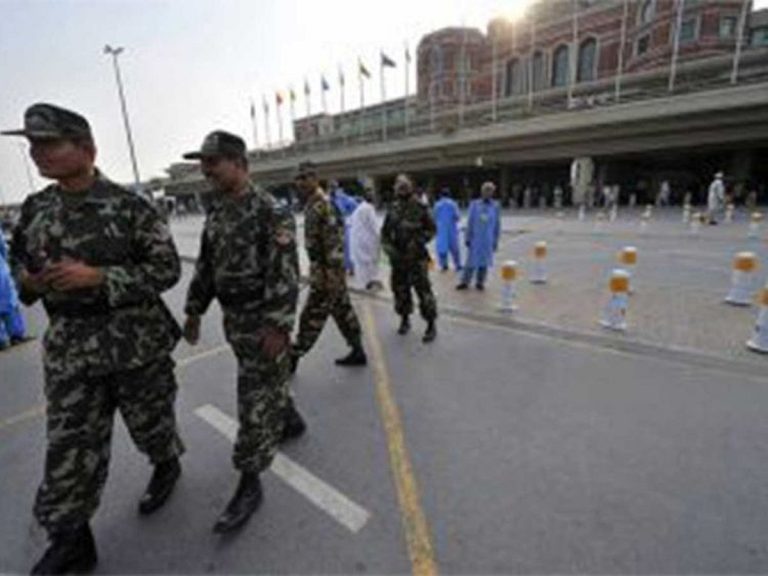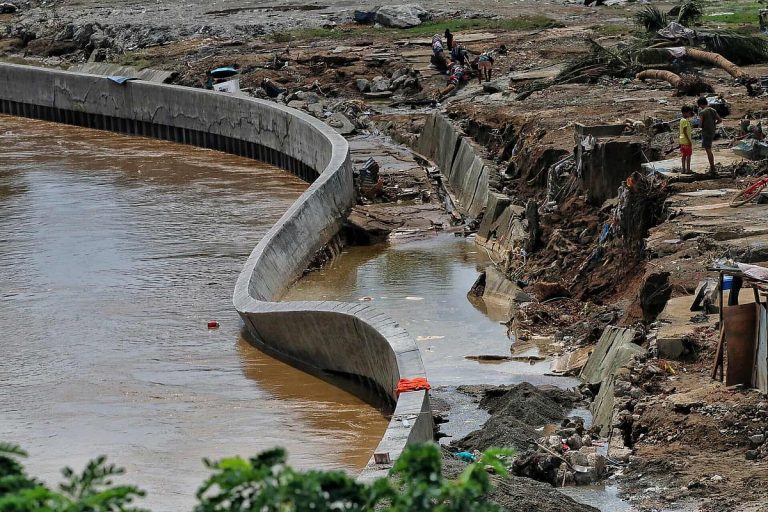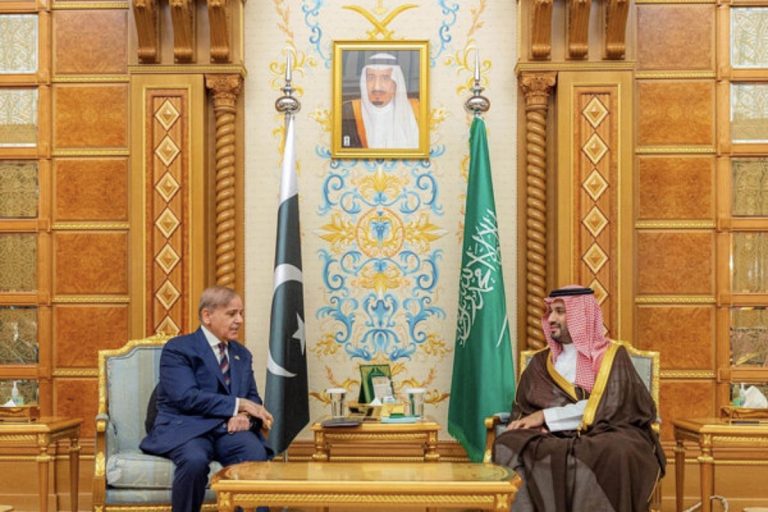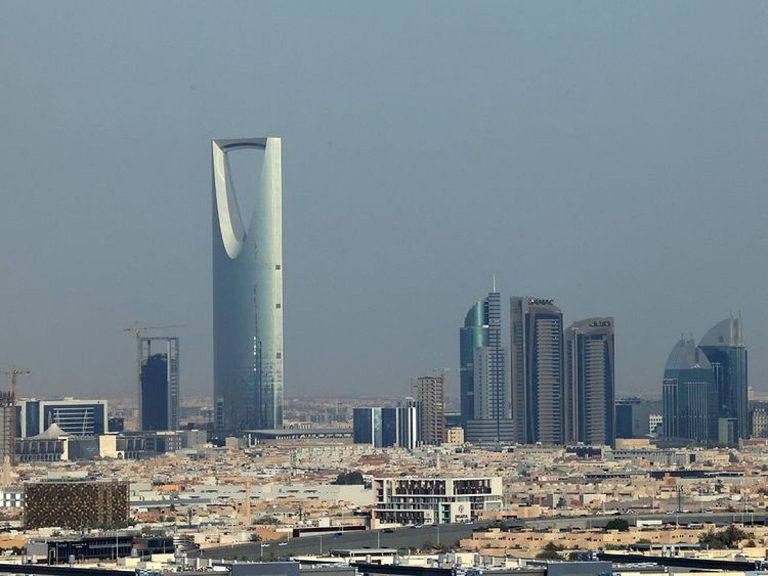Land Development Resumes in Western Riyadh Area
The Royal Commission for Riyadh City has recently lifted a suspension on land development in western Riyadh, encompassing an area of 33.24 square kilometers. This decision allows landowners and property holders to engage in various activities, including selling, purchasing, planning, subdividing, and obtaining building permits.
Urban Regulations and Development Goals
With the suspension lifted, the urban regulations for the Wadi Hanifa area and its tributaries will now govern the newly accessible lands. This initiative aims to balance the real estate market while fostering comprehensive city development. The commission emphasized that this step is part of a broader strategy to create a unique urban model for Riyadh, aligning with the city’s evolving needs.
The regulations are designed to ensure the sustainability of residential areas, enhance accessibility, and provide a range of services for residents. By implementing the Wadi Hanifa urban code, the commission seeks to accommodate diverse development patterns that cater to the community’s requirements while preserving the area’s distinctive landscape.
Enhancing Quality of Life
The newly established regulations will manage building patterns within designated land boundaries, aiming to improve the surrounding environment and elevate the quality of life for residents. This approach is integral to promoting sustainable development throughout Riyadh, ensuring that growth aligns with the city’s vision for a modern urban landscape.
FAQs
What does the lifting of the land suspension mean for property owners?
Property owners can now sell, purchase, plan, and develop their land, which was previously restricted under the suspension.
How will the Wadi Hanifa urban code affect new developments?
The Wadi Hanifa urban code will guide development patterns to ensure they meet community needs while preserving the area’s natural landscape.
What are the broader implications of this decision for Riyadh?
This move is part of a larger strategy to enhance urban development in Riyadh, aiming to improve sustainability, accessibility, and the overall quality of life for residents.
Conclusion
The lifting of the land suspension in western Riyadh marks a significant step towards revitalizing the city’s real estate sector and promoting sustainable development. As property owners begin to engage in various development activities, the focus will remain on creating a balanced urban environment that meets the needs of the community. Moving forward, continued efforts will be essential to ensure that growth aligns with Riyadh’s long-term vision.
The Royal Commission for Riyadh City has been actively involved in shaping the urban landscape of Riyadh, particularly as part of the city’s Vision 2030 initiative, which aims to diversify the economy and enhance the quality of life for residents. This vision includes significant investments in infrastructure, public services, and urban planning to accommodate a growing population and improve living conditions. The resumption of land development in western Riyadh is a crucial component of these efforts, as it opens up new opportunities for residential, commercial, and recreational projects.
The Wadi Hanifa area, known for its natural beauty and ecological significance, has been a focal point for urban development strategies. The implementation of the Wadi Hanifa urban code reflects a commitment to integrating environmental considerations into urban planning. This code emphasizes the importance of preserving natural landscapes while allowing for responsible development that meets the needs of the community. By prioritizing sustainability, the commission aims to create a harmonious balance between urban growth and environmental stewardship.
As development activities commence, stakeholders, including local residents, developers, and urban planners, will play a vital role in shaping the future of the area. Community engagement will be essential to ensure that new projects align with the aspirations and needs of residents. The commission’s approach encourages collaboration and transparency, fostering a sense of ownership among community members. This collaborative effort is expected to lead to innovative solutions that enhance the livability of western Riyadh while contributing to the overall vision of a modern, sustainable city.
Also Read:
Child Protection’s Essential Role in Sustainable Development

